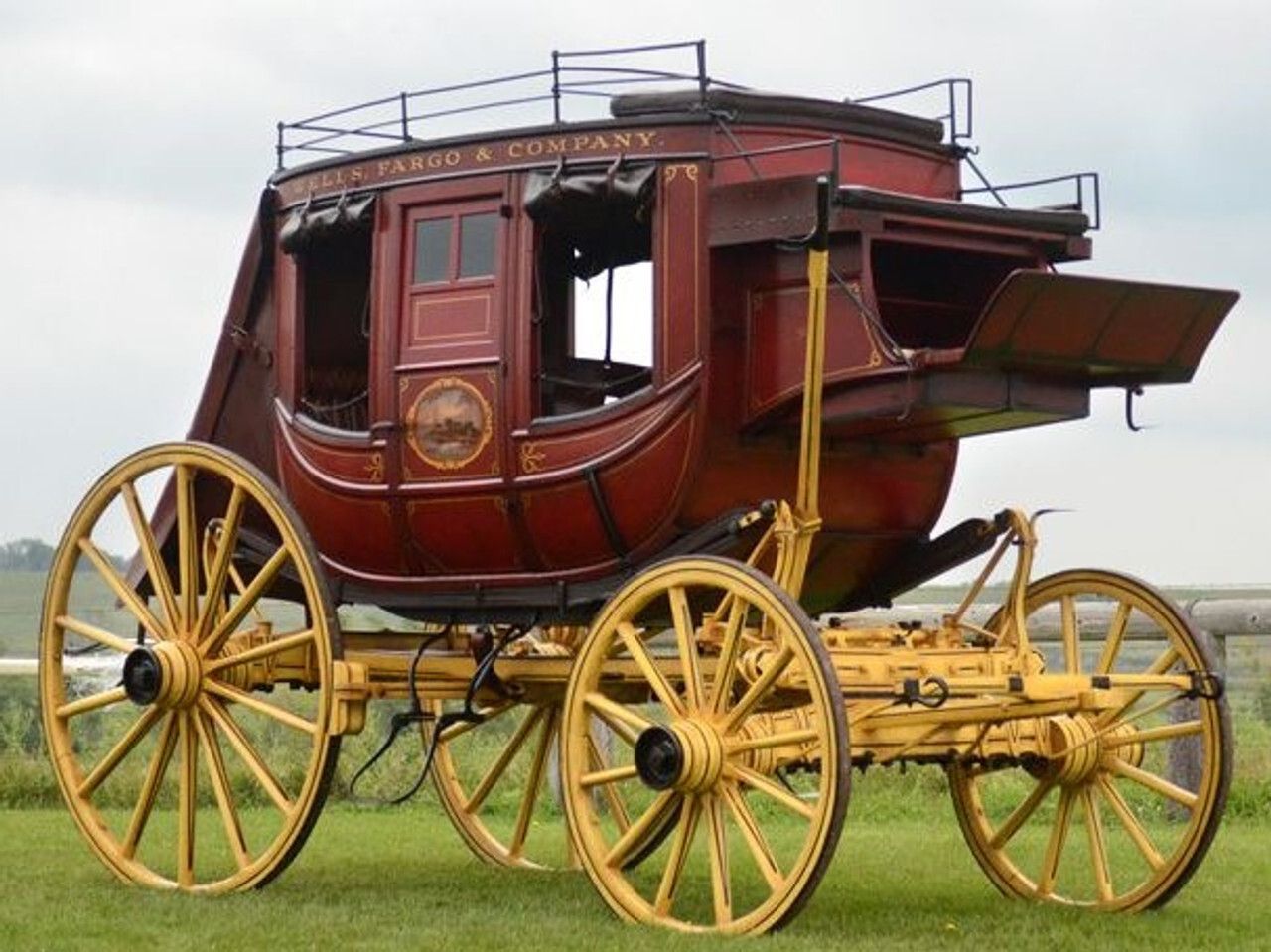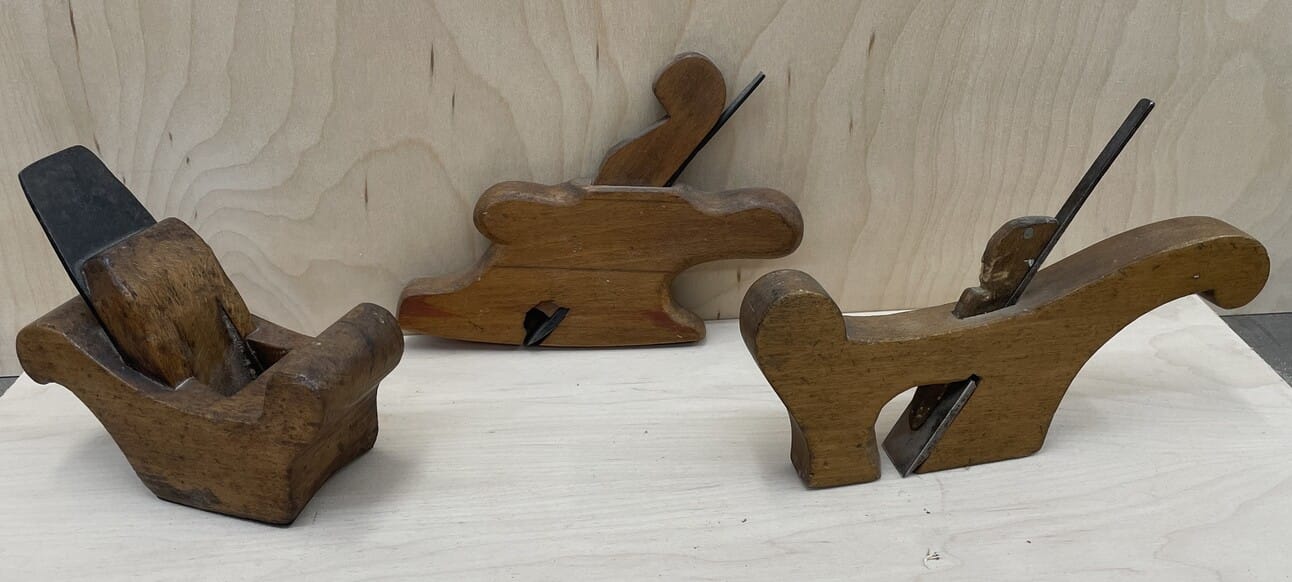- Old Time Tools
- Posts
- Stagecoaches: Tools and Craftsmanship that Drove America Forward
Stagecoaches: Tools and Craftsmanship that Drove America Forward
Exploring the Skills, Tools, and Ingenuity Behind an Iconic Era of Transportation

The iconic stagecoach was more than just a means of transportation; it was a lifeline that connected distant towns and carried people, mail, and goods across vast frontiers. However, its heyday was fleeting. Although stagecoaches in America were in use from the early 1700s to around 1850, their true ‘golden years’ spanned only two short decades, from 1820 to 1840. During this brief but impactful period, significant changes were on the horizon—changes that would revolutionize transportation and leave an indelible mark on the woodworking industry.

The History of the Stagecoach
Early wagons used for passenger transport were basic, with services established between New England towns by 1744 and routes connecting New York and Philadelphia by 1756. By 1766, an improved coach known as the "Flying Machine" cut travel time between these cities from three days to two, signaling a leap forward in efficiency. The introduction of mail coaches in the late 18th century further expanded stagecoach services, offering a reliable means of delivering passengers and correspondence across the growing nation.
In 1827, J. Stephen Abbot and Lewis Downing of Concord, New Hampshire, introduced the Concord stagecoach, designed for long-distance travel over rugged terrain. The coach, which featured long leather straps beneath the body to provide a swinging motion, significantly improved passenger comfort. As the 19th century progressed, stagecoach networks expanded rapidly. By 1829, Boston was the hub of 77 stagecoach lines, increasing to 106 by 1832, cementing the stagecoach's role in connecting expanding towns and cities.
Despite their significance, the stagecoach's future was limited. The rise of the railroad provided a more reliable, faster, and higher-capacity alternative for transporting people, mail, and goods. While stagecoaches remained necessary in areas the railroads had yet to reach, their dominance was waning. The advent of the automobile ultimately sealed their fate, making the once-essential coaches obsolete.
New Technology on the Horizon
The craftsmen who built these iconic stagecoaches saw the writing on the wall. As technology advanced beyond their trade, many left the industry to seek work in railroads and emerging automotive factories. As the saying goes, "If your business doesn’t keep up with technology, technology will put you out of business." This mass exodus led to the rapid closure of many coach-making shops, marking the end of an era and creating a void in the woodworking craft that is still felt today.
The stagecoach was a marvel of design, combining form and function with intricate craftsmanship. Building one required collaboration among highly skilled artisans, each specializing in different aspects of construction. The wheels needed strength and durability, while the chassis had to be flexible enough to withstand rugged terrain. The body panels featured elegant curves, and the flooring had to remain sturdy and flat. Each element required a unique set of skills and tools.

Coach or Carriage Hand Planes
Honoring the Past
Unfortunately, the rapid decline of the industry meant that much of this specialized knowledge and many of the tools used in stagecoach construction were lost to history. Craftsmen departed without documenting their methods, leaving behind a mystery surrounding the tools and techniques they once employed. Today, some of these tools can still be found, often recognizable by their distinctive designs. I have a few in my own collection, and they serve as a tangible connection to a bygone era.
Whenever I teach a class or give a demonstration, I bring these tools along as a reminder of our rich heritage. They stand as symbols of the ingenuity and craftsmanship of the past—a past that should not be forgotten. While embracing modern advancements is essential, preserving the lessons and techniques of our predecessors is equally important. That’s why I continue to share what I know, and I encourage you to do the same. If you enjoy this newsletter, please share it with others and help keep our woodworking traditions alive.
Let’s keep preserving and sharing the timeless craftsmanship that has shaped our history and continues to inspire us today.
Reply